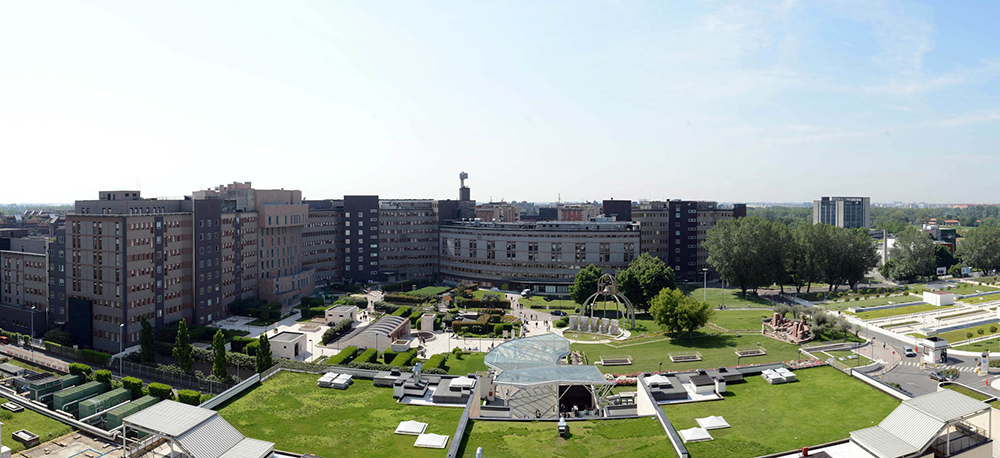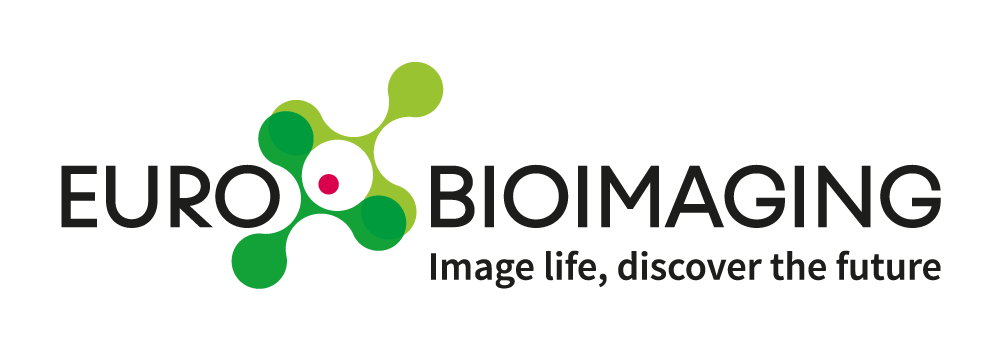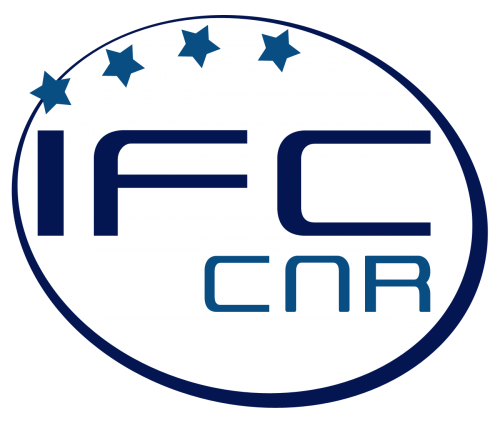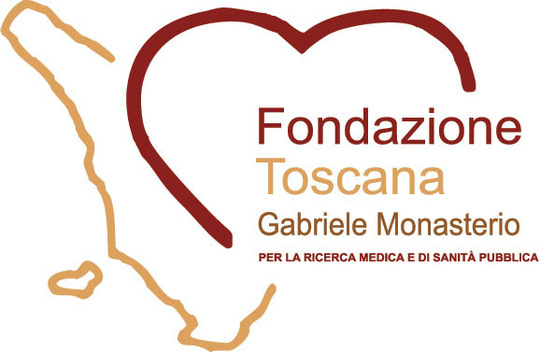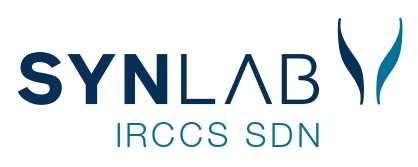Milan
The research infrastructure “Laboratory of Tracer Development and Radiopharmacology” relies upon the formal collaboration among the Institute of Molecular Bioimaging and Physiology of CNR (IBFM), the Department of Health Sciences and TECNOMED Foundation of the University Milano Bicocca (UNIMIB), and the Nuclear Medicine/PET Centre of Scientific Institute San Raffaele (OSR) in Milano.The three Institutions collaborate through common researches, by sharing personnel, expertise, instrumentation and laboratories. Biomedical imaging represents one of the main areas of research and development of IBFM, focusing on the implementation and application of molecular imaging methods, namely PET/CT and SPECT/CT in animals and humans, taking advantages from expertise in the field of radiochemistry, biomedical instrumentation and image processing. The research covers different translational medical areas, aiming at the study of the physio-pathological mechanisms of disease, diagnosis, monitoring and assessment of the treatment effects. Applications are in oncology, neurology, cardiology and inflammation. A relevant topic of research is the integration of in vivo (PET/CT and SPECT/CT) and ex vivo (differential proteomics and real time PCR, genomics) molecular imaging aiming at the correlation of biomarkers.
The long term experience in the field of PET imaging makes the Laboratory strongly competitive.
The research activity at IBFM CNR covers Emission Tomography based molecular Imaging, from radiopharmaceutical development (including copper-64 labeled radiopharmaceutical) to preclinical as well as clinical application. The group has expertise in radiolabeling with C-11 and F-18 including methods and procedures required according to EU rules. In addition, the group has developed methods and strategies for positron emitters metals isotopes production. These strategies have been alredy applied for copper-64 production but will be extended to Zr-89. A larger number of radiopharmaceuticals has been alredy validated and applied at preclinical and clinical levels for the study of brain neurotransmission systems (serotonin, dopamine, benzodiazepine receptors, opiate receptors), amyloid plaques, activated microglia cells and for the in vivo imaging of biochemical pathways involved in cancer (coline kinase activity, cell proliferation, regional tissue hypoxia, glucose metabolism). The main fields of application are CNS diseases, inflammation and cancer and most of research activies are carried out in thight collaboration between preclinical and clinical researchers.
The EIC (Scientific Insititute S. Raffaele) group has been designed based on the concept that disease in humans can be studied and further investigated in mouse models. Conversely, fundamental research using mouse models can provide insights into pathogenic mechanisms underlying environment-driven diseases, including infectious diseases, neurological diseases, cardiovascular diseases and cancer. The Region Lombardia-funded EMDM project aims at the establishment and implementation of a large, dedicated facility (the European Mouse Disease Models Center) whose goal is the development and functional assessment of mouse disease models, both for the dissection of the underlying pathogenic mechanisms and for the screening and validation of innovative diagnostic and therapeutic procedures. EMDM has developed and standardized a coordinated set of activities, including the creation of a non invasive or minimally invasive imaging facility, based on the acquisition of dedicated equipment (7-Tesla small bore MRI; micro-CT scanner; micro-US scanner; optical imaging scanner; micro-PET), the creation of a comparative pathology Unit and the implementation of a dedicated area for the use of mouse pathogens. A major asset of the EMDM platform is the tight integration of preclinical scientists with physicians, who work side by side to comparatively assess pathogenic, diagnostic and therapeutic issues raised in patients with the mouse model counterpart. The major area of interest and expertise within the MRI and US technologies available for the Eurobioimaging network are: Neurological, cardiovascular, oncological and metabolic diseases. In addition a strong expertise has been achieved in the analysis of embryo development.
Collaboration between EIC, in particular the Nuclear Medicine/PET Clinical Research Unit, and the Institute of Molecular Bioimaging and Physiology of CNR (IBFM CNR), the Department of Health Sciences and TECNOMED Foundation of the University Milano Bicocca (UNIMIB), expands the EIC capabilities to pre-clinical PET/SPECT analysis.
